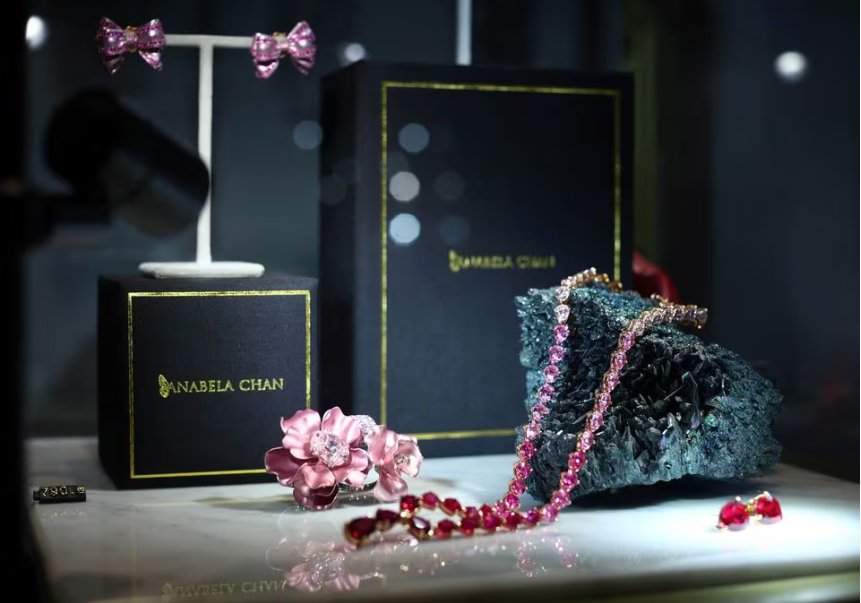
©REUTERS/Hannah McKay
Pre-reading questions:
- What do you know about diamonds and their sources?
- How important is sustainability to the products you buy or use daily?
Vocabulary:
- impressive /im-PRES-iv/
- vast /vast/
- element /EL-uh-muhnt/
- carbon dioxide /KAHR-buhn dahy-OK-sahyd/
- convert /kuhn-VURT/
[adjective] – something that evokes admiration or respect because of its notable or remarkable quality
The impressive architectural design of the skyscraper left all the visitors in awe.
[adjective] – extremely big
The renowned author embarked on a literary journey across the vast expanse of themes and characters within her novel series.
[noun] – a part of something
The safety features are a crucial element in the design of this car.
[noun] – the gas formed when carbon is burned, or when people or animals breathe out
Burning fossil fuels produces carbon dioxide, a greenhouse gas responsible for climate change.
[verb] – to (cause something or someone to) change in form or character
The factory will convert waste into energy through recycling processes.
Article reading:
Chan’s jewelry line predominantly showcases lab-grown diamonds, recycled aluminum sourced from cans, and sustainably obtained pearls. Although specific sales figures have not been disclosed by her company, there has been a noticeable surge in demand since the onset of the COVID-19 pandemic. Her forward-thinking endeavors recently garnered her the esteemed “Game Changer” recognition at the British Luxury Awards held in November. The market for lab-grown jewelry has experienced significant growth, boasting an impressive 20% annual increase and contributing to a staggering $15 billion profit worldwide, as per data from Edahn Golan Diamond Research & Data. This burgeoning market has prompted various brands to enter the fray, leading to a decrease in prices for lab-grown diamonds and a heightened focus on innovative jewelry design to differentiate themselves. Esteemed retailers such as Pandora, renowned for their lab-grown diamonds, acknowledge the vast potential these gems offer in creative jewelry-making. Furthermore, sustainability is a pivotal element in Chan’s creations, as she collaborates with suppliers employing technology to capture carbon dioxide emissions during the diamond-making process, aiming to convert a negative impact into a positive one.
Comprehension questions
- What sets Anabela Chan apart in the luxury jewelry industry?
- Why did Anabela Chan opt for lab-grown gems and recycled materials instead of natural diamonds?
- What materials does Chan predominantly use in her jewelry line?
- What recognition did Anabela Chan receive at the British Luxury Awards, and why was it significant?
- How has the demand for Anabela Chan’s jewelry changed since the COVID-19 pandemic began?
Discussion questions
- Have you ever seen jewelry made from lab-grown gems or recycled materials? If yes, did this change how you see regular jewelry? If not, what materials in jewelry-making would you like to know more about?
- Can you remember a time when something new was added to a usual thing? What was it, and how did it change your thoughts? If not, what new things would you like to learn about in a product or industry?
- Do you think more jewelry designers should follow Anabela Chan’s lead by focusing on sustainability and innovation in materials?
- How do you think more people wanting lab-grown gems and eco-friendly materials will affect regular diamond mining and real gemstones? What might happen to nature and the local economies?
- With Anabela Chan’s focus on sustainability in her designs, what changes do you think will happen in the luxury goods business? Especially with people caring more about the environment and what they buy?